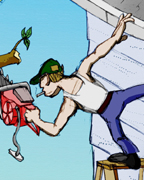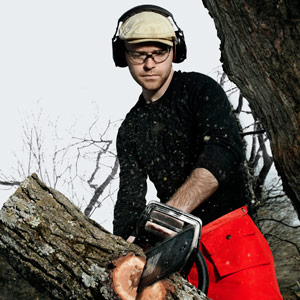 Each year, approximately 36,000 people are treated in hospital emergency departments for injuries from using chain saws. The potential risk of injury increases after hurricanes and other natural disasters, when chain saws are widely used to remove fallen or partially fallen trees and tree branches.
Each year, approximately 36,000 people are treated in hospital emergency departments for injuries from using chain saws. The potential risk of injury increases after hurricanes and other natural disasters, when chain saws are widely used to remove fallen or partially fallen trees and tree branches.
Safeguards against injury while using a chain saw
- Operate, adjust, and maintain the saw according to manufacturer’s instructions provided in the manual accompanying the chain saw.
- Properly sharpen chain saw blades and properly lubricate the blade with bar and chain oil. Additionally, the operator should periodically check and adjust the tension of the chain saw blade to ensure good cutting action.
- Choose the proper size of chain saw to match the job, and include safety features such as a chain brake, front and rear hand guards, stop switch, chain catcher and a spark arrester.
- Wear the appropriate protective equipment, including hard hat, safety glasses, hearing protection, heavy work gloves, cut-resistant legwear (chain saw chaps) that extend from the waist to the top of the foot, and boots which cover the ankle.
- Avoid contact with power lines until the lines are verified as being de-energized.
- Always cut at waist level or below to ensure that you maintain secure control over the chain saw.
- Bystanders or coworkers should remain at least 2 tree lengths (at least 150 feet) away from anyone felling a tree and at least 30 feet from anyone operating a chain saw to remove limbs or cut a fallen tree
- If injury occurs, apply direct pressure over site(s) of heavy bleeding; this act may save lives.
via Preventing Chain Saw Injuries During Tree Removal|Natural Disasters and Severe Weather.

